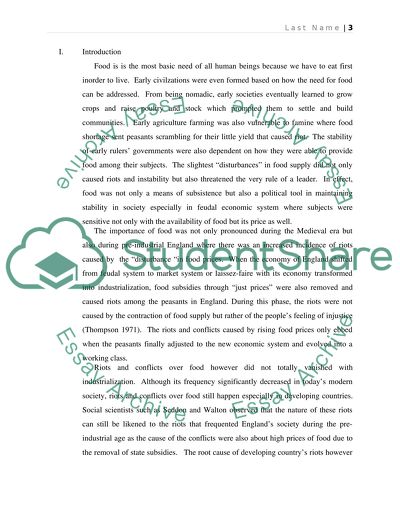Cite this document
(“Commodity: Meat Essay Example | Topics and Well Written Essays - 2250 words”, n.d.)
Retrieved from https://studentshare.org/history/1394496-commodity
Retrieved from https://studentshare.org/history/1394496-commodity
(Commodity: Meat Essay Example | Topics and Well Written Essays - 2250 Words)
https://studentshare.org/history/1394496-commodity.
https://studentshare.org/history/1394496-commodity.
“Commodity: Meat Essay Example | Topics and Well Written Essays - 2250 Words”, n.d. https://studentshare.org/history/1394496-commodity.


